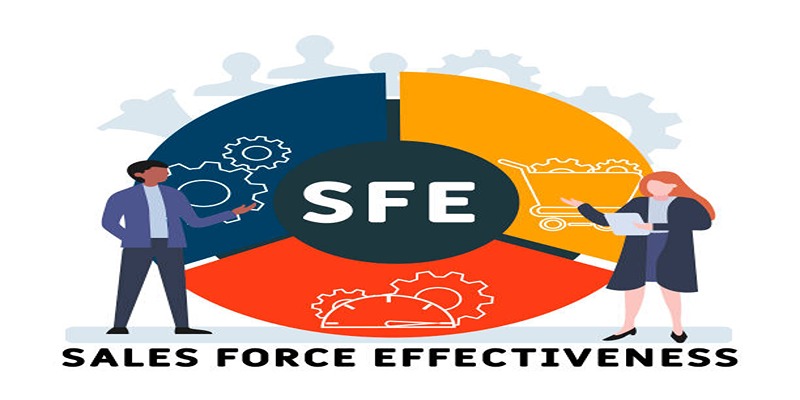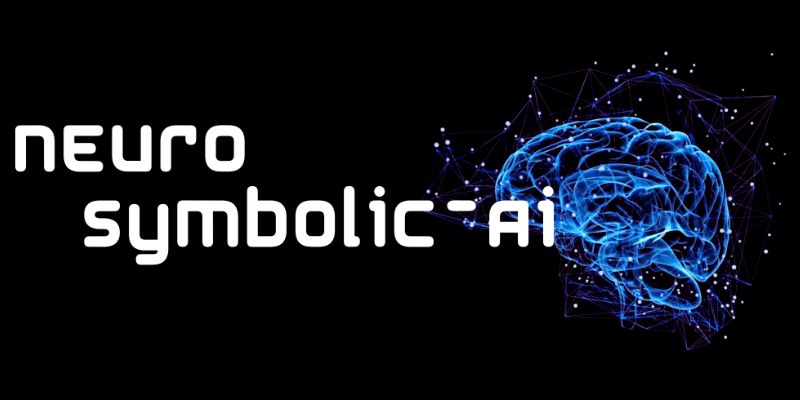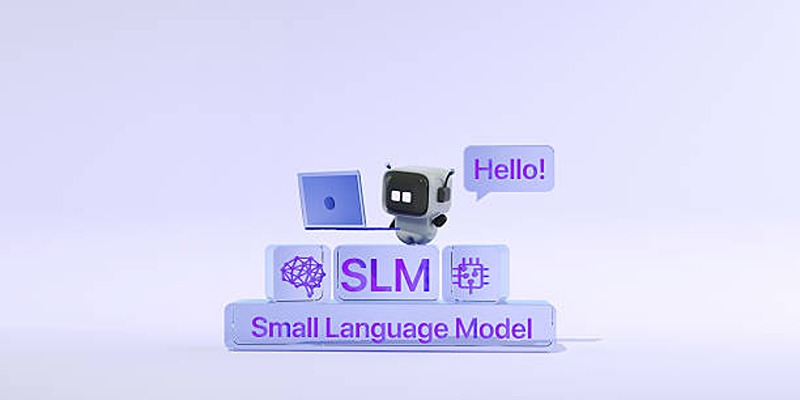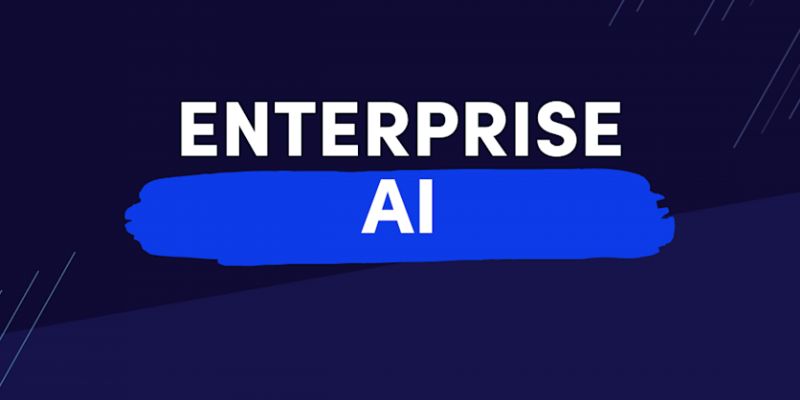AI tools are showing up in just about every corner of the internet these days. And Google’s Gemini is right at the center of that shift. Whether it’s summarizing documents, writing drafts, generating code, or helping with brainstorming, Gemini is being built into apps you already use. If you’ve heard about it but haven’t quite figured out where to begin, Google has dropped a series of free courses that are a great place to start. They’re short, to the point, and designed to actually teach something—not just flood you with jargon.
Here’s what each course offers and why they’re worth your time.
8 Gemini Free Courses by Google to Master it
Introduction to Gemini
Start here if you’re new to everything. This course gives a clean, simple overview of what Gemini is, how it fits into Google’s AI ecosystem, and what you can expect from it. Think of it like a friendly walk-through that explains things without assuming you’ve got a background in machine learning. You won’t be writing code, but you’ll walk away knowing how Gemini can work with tools like Docs, Sheets, Gmail, and more.
It’s helpful for anyone who’s curious but doesn’t want to get lost in technical explanations. And yes, it answers the “Why should I care?” question clearly.
Using Gemini in Google Workspace
This one is where things get practical. If you already use Gmail, Docs, Slides, and Sheets, this course shows you how Gemini fits into your daily routine. You'll learn how to generate email drafts, polish writing, create outlines, make slide content, and even get Sheets to do some of the number work for you.
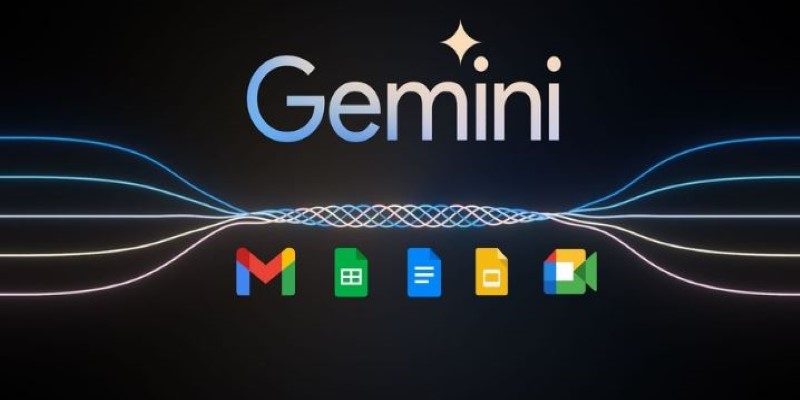
It’s less about theory and more about showing real use cases. Whether you're a student, a manager, or someone handling content daily, you’ll probably discover features you didn’t know existed.
Gemini for Developers
Now, if you’re a developer or even just code-curious, this is your zone. This course focuses on using Gemini through APIs and Google’s AI Studio. It touches on generating code snippets, fixing bugs, and even understanding large codebases more easily.
What's good is that it breaks down the steps into short lessons so you're not overwhelmed. You also get access to a few test environments where you can try the API without setting up a bunch of things. It's meant to be hands-on, not just theoretical.
Building Apps with Gemini and Firebase
Here’s where things start to get interesting. Once you understand Gemini as a tool, you might wonder how to put it into your own app or workflow. This course shows you how to do just that using Firebase.
The lessons include how to make Gemini give responses inside your app, how to process user inputs, and even how to use context to make the responses smarter. If you’ve worked with chatbots or virtual assistants before, this course shows you a much smoother way to do it. If not, it’s still beginner-friendly enough to follow.
Prompt Writing for Gemini
Writing a good prompt makes a huge difference in the output you get from any AI tool. This course explains the dos and don’ts of prompting Gemini. You’ll see side-by-side comparisons of how phrasing changes the outcome and why clarity matters.
It's not just about writing instructions, either. The course dives into structuring multi-step prompts, setting context, and using placeholders when working in workflows or apps. This one's helpful even if you're not technical, especially if you want faster, better answers.
Gemini for Data Analysis
For people who work with numbers, reports, or dashboards, this course is surprisingly useful. It walks through how to use Gemini to clean data, create summaries, make basic forecasts, and suggest visualizations. It’s like having a quiet assistant who doesn’t mind sifting through Excel chaos.
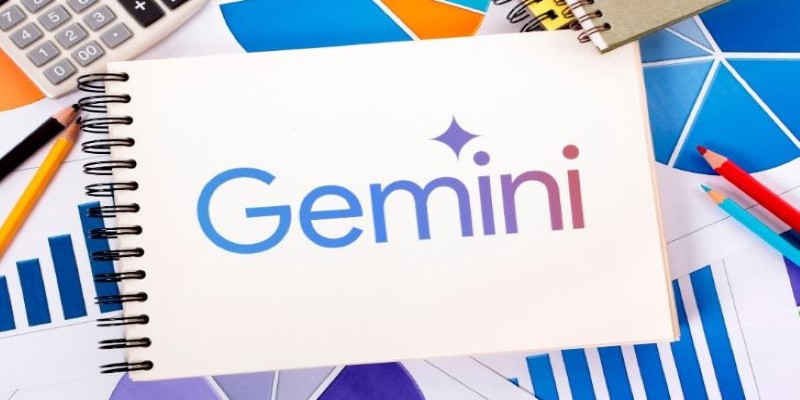
What’s great here is that you don’t need to be a data scientist. The focus is more on how to ask the right questions and let Gemini do the heavy lifting. If your work involves reports or digging through data, this course will likely save you time.
Content Creation with Gemini
Writers, marketers, and content folks—this one’s for you. This course takes you through creating blog ideas, writing outlines, generating drafts, and even editing tone and structure using Gemini. It works well with Google Docs, so you can work inside tools you already use.
It also includes examples of different types of content—email campaigns, blog posts, social captions, and more. And it's not just about typing a prompt and hoping for the best. The course explains how to give feedback to Gemini's output to improve it. Kind of like editing your assistant's draft instead of starting from scratch.
Ethical Use and Limitations of Gemini
This final course feels different but necessary. It talks about the boundaries of what Gemini can and can't do; why do you need to check its facts? How to handle bias. And when not to use AI at all.
Some people skip courses like this, thinking it’s common sense, but it’s helpful to see examples of what misuse actually looks like. This course also explains what Gemini does with your data and how privacy is handled, which is something many users care about but rarely get clear answers to.
Final Thoughts
Gemini is going to keep showing up across Google’s products, and knowing how to use it well is going to help you stay ahead—without needing to become a tech expert. These free courses do a great job of explaining not just what the tool can do but how to actually make it useful in daily tasks.
And since they’re free, there’s not much to lose in trying one or two. You might be surprised by how quickly you find a use for Gemini in your own work.




